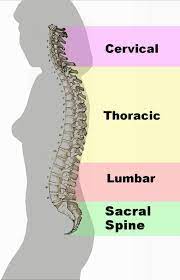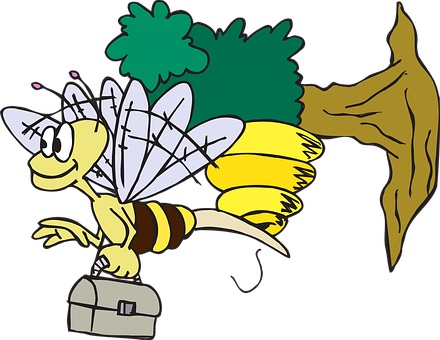Note
| ↑1 | Bagnall, K. M., P. F. Harris, and P. R. Jones. “A radiographic study of the human fetal spine. 1. The development of the secondary cervical curvature.” Journal of anatomy 123.Pt 3 1977: 777. |
|---|---|
| ↑2 | Been, Ella, Sara Shefi, and Michalle Soudack. “Cervical lordosis: the effect of age and gender.” The Spine Journal 17.6 2017: 880-888. |




